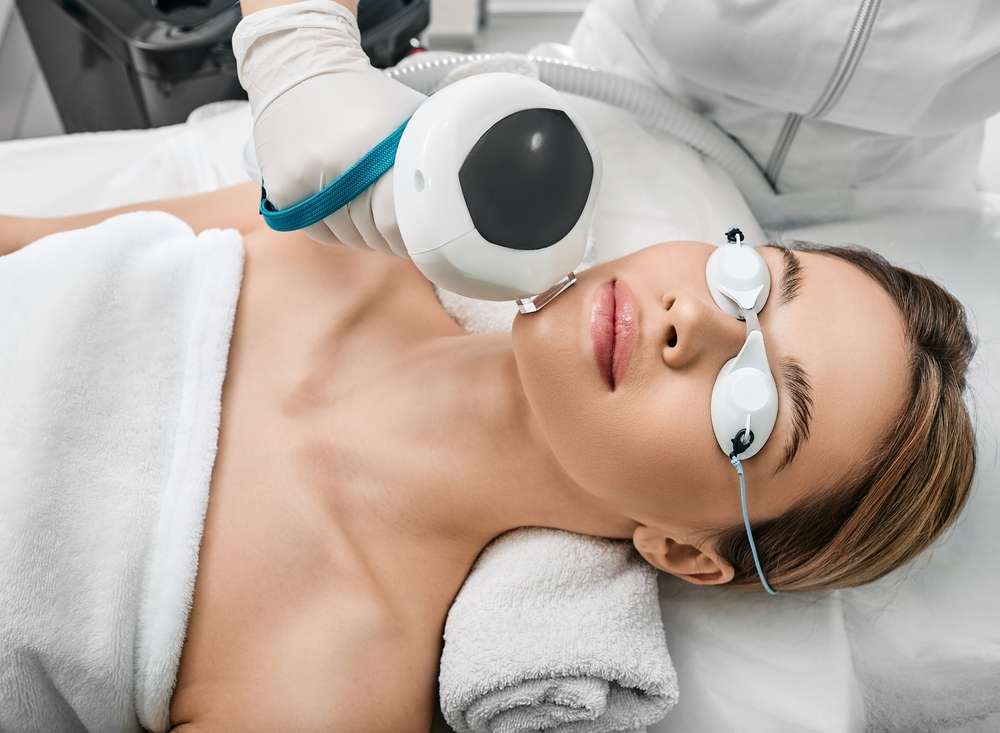Understanding Laser Skin Rejuvenation: A Complete Guide
Laser skin rejuvenation has become one of the most sought-after cosmetic procedures for individuals looking to improve their skin's appearance and texture. This advanced technology uses concentrated light energy to target various skin concerns, from fine lines and wrinkles to pigmentation and acne scars. Whether you're considering your first treatment or simply curious about how these procedures work, understanding the science, options, and expectations can help you make informed decisions about your skincare journey.

Laser skin rejuvenation represents a significant advancement in dermatological care, offering solutions for numerous skin concerns without the need for invasive surgery. These treatments have evolved considerably over the years, providing patients with safer, more effective options for achieving healthier, more youthful-looking skin. The technology harnesses the power of light energy to stimulate natural healing processes within the skin, leading to visible improvements in texture, tone, and overall appearance.
How Does Laser Skin Rejuvenation Work?
Laser skin rejuvenation operates on the principle of selective photothermolysis, where specific wavelengths of light target particular chromophores in the skin. When the laser energy is absorbed by these target areas, it generates controlled heat that either removes damaged skin cells or stimulates collagen production in deeper layers. The body’s natural healing response then works to replace old, damaged tissue with fresh, healthy skin cells. Different laser types penetrate to varying depths, allowing practitioners to customize treatments based on individual skin concerns and desired outcomes. The precision of laser technology means that surrounding tissue remains largely unaffected, minimizing recovery time while maximizing results.
What Types of Laser Treatments Are Available?
The field of laser skin rejuvenation encompasses several distinct treatment categories, each designed for specific purposes. Ablative lasers, such as CO2 and Erbium lasers, remove the outer layers of skin and are particularly effective for deeper wrinkles, significant sun damage, and pronounced scarring. Non-ablative lasers work beneath the skin’s surface without removing tissue, making them ideal for milder concerns and requiring less downtime. Fractional lasers create microscopic treatment zones, leaving surrounding tissue intact to promote faster healing. Intense Pulsed Light (IPL) treatments, while technically not lasers, use broad-spectrum light to address pigmentation issues and vascular concerns. Each technology offers unique benefits, and practitioners often recommend specific types based on skin type, concern severity, and patient lifestyle considerations.
What Skin Concerns Can Laser Treatment Address?
Laser skin rejuvenation proves effective for an impressive range of dermatological concerns. Fine lines and wrinkles respond well to treatments that stimulate collagen production, particularly around the eyes, mouth, and forehead. Age spots, sun damage, and hyperpigmentation can be significantly reduced through targeted laser energy that breaks down excess melanin. Acne scars, both atrophic and hypertrophic, show improvement as laser treatments promote new collagen formation and skin remodeling. Uneven skin texture and enlarged pores benefit from resurfacing procedures that remove damaged surface layers. Vascular lesions, including spider veins and broken capillaries, can be treated with lasers that target hemoglobin. Some laser systems even address active acne by reducing bacteria and oil production. The versatility of laser technology makes it suitable for treating multiple concerns simultaneously, often in combination with other skincare approaches.
Cost Considerations and Treatment Providers
The investment in laser skin rejuvenation varies significantly based on treatment type, geographic location, provider expertise, and the extent of the area being treated. Understanding typical cost ranges helps in planning and budgeting for these procedures.
| Treatment Type | Typical Provider | Cost Estimation |
|---|---|---|
| Fractional CO2 Laser | Dermatology Clinics, Medical Spas | $1,000 - $3,000 per session |
| Non-Ablative Laser | Cosmetic Dermatologists, Aesthetic Centers | $500 - $1,500 per session |
| IPL Photofacial | Medical Spas, Dermatology Practices | $300 - $800 per session |
| Erbium Laser Resurfacing | Plastic Surgery Centers, Dermatologists | $1,500 - $4,000 per session |
| Fractional Non-Ablative | Aesthetic Clinics, Dermatology Offices | $600 - $2,000 per session |
Prices, rates, or cost estimates mentioned in this article are based on the latest available information but may change over time. Independent research is advised before making financial decisions.
Many providers offer package deals for multiple sessions, which can reduce the per-treatment cost. Geographic location significantly impacts pricing, with metropolitan areas typically commanding higher fees than smaller communities. The practitioner’s experience and credentials also influence costs, as board-certified dermatologists and plastic surgeons often charge premium rates for their expertise.
How Many Laser Treatment Sessions Are Typically Needed?
The number of laser treatment sessions required depends on multiple factors, including the specific concern being addressed, the laser technology used, and individual skin characteristics. Ablative laser treatments often produce dramatic results in a single session, though the recovery period is more substantial. Non-ablative and fractional treatments typically require a series of three to six sessions spaced several weeks apart to achieve optimal results. Maintenance treatments may be recommended annually or semi-annually to preserve improvements. During initial consultations, practitioners assess skin condition, discuss goals, and develop personalized treatment plans outlining expected session numbers. Factors like age, skin type, lifestyle habits, and the severity of concerns all influence treatment frequency. Some patients see noticeable improvements after just one session, while others with more significant concerns may need extended treatment series. Patience and consistency are key, as collagen remodeling and skin renewal occur gradually over several months following treatment.
Laser skin rejuvenation continues to advance with new technologies and techniques emerging regularly. When considering these treatments, thorough research and consultation with qualified professionals ensure safe, effective outcomes tailored to individual needs and expectations. Understanding the mechanisms, options, and realistic timelines empowers patients to make confident decisions about their skincare investments.
This article is for informational purposes only and should not be considered medical advice. Please consult a qualified healthcare professional for personalized guidance and treatment.




